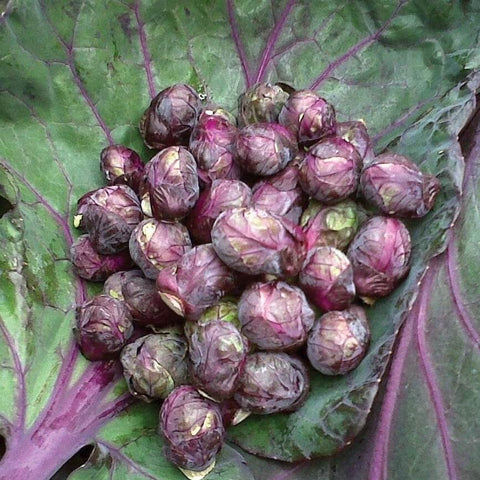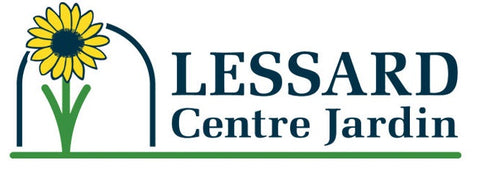

Hortinova
ROSELLA - Open Pollinated Heirloom Red Brussels Sprouts Seeds
Brassica oleracea var. gemmifera
- Mid-early early maturity.
- Specialist Brussel sprouts variety from Europe.
- Dark red sprouts that turn an even deeper red during cold weather.
- Milder, delicate, nuttier flavor than standard green types.
- Perfect variety for hobby gardening.
- Open-pollinated seeds.
- Natural, Untreated, Non-GMO Seeds.
Brussels sprouts may be started from seed indoors or sown directly into the garden. It is recommended to start seeds indoors just after the last spring frost, as this gives seedlings a head start and helps to protect them from summer heat and pests. Direct-sown seeds can take a few weeks longer to mature, so add 20 days to your planting date calculation if you plan to sow outdoors. Sow seeds about ½ inch deep. If direct-sowing seeds outdoors, sow seeds about 2 to 3 inches apart. (Seedlings should be thinned to 12 to 24 inches apart when they reach about 6 inches tall). Water well at time of sowing/transplanting.
THIN: Thin to the strongest plants to 12 to 24 inches apart when they reach 6 inches tall.
PLANT OUT: Transplants should be set out when they have 6-8 true leaves. Space transplants 45-60cm (18-24″) apart in rows 75-90cm (30-36″) apart. Choose a planting site that gets full sun (6 to 8 hours of direct sunlight per day). Raised beds are especially recommended for cool-season vegetables, especially in the spring and fall, when temperatures are not consistent. Soil should be well-draining and moderately fertile. Due to Brussels sprouts’ need for a long growing season, we recommend planting them with a fall or winter harvest in mind. They do best when allowed to mature during the cool days of fall. Generally, this means sowing Brussels sprout seeds about 4 months before your first fall frost date.
WATER: If growing during hot weather, be sure to keep the plants well-watered. Inconsistent moisture can lead to subpar sprout development. Brussels sprouts should receive about 1 to 1½ inches of water per square foot per week. Mulch to retain moisture and keep the soil temperature cool through summer.
FEED: Work several inches of aged manure and/or compost into the soil to improve soil fertility and texture. Fertilize with a nitrogen-rich product after thinning. Repeat every 3 to 4 weeks.
SUPPORT: Brussels sprout plants usually reach heights of 2 to 3 feet, so plan accordingly; they may require staking.
PROTECT: Consider using row covers to protect young plants from pests. Brussels sprouts are usually planted outdoors right when pests are at their worst. Do not disturb the soil around the plants; roots are shallow and susceptible to damage.
Remove yellowing leaves at the bottom of the plant to allow for more sunlight on the stalk and to focus plant energy on healthy growth. To encourage the sprouts to mature faster, cut off the top leaves 3 to 4 weeks before harvest. Sprouts mature from the bottom of the stalk upwards. Harvest sprouts from the bottom when they reach about 1 inch in diameter. If desired, after a moderate frost, pull up the entire stalk, roots and all. (Remove leaves first.) Then hang stalk upside down in a cool, dry basement or garage or barn. Store stalks (no roots) for about 1 month in a root cellar or basement. Do not wash the sprouts before storing them, only right before use. Keep fresh-picked sprouts in a plastic bag for up to 5 days in the refrigerator.
Let customers speak for us
from 23 reviewsWe grow several varieties of various colours of tomatoes, and the contrast of these tomatoes with other colours is fantastic. We've had a very long season with our plants, excellent disease resistance, great flavour.

This review applies to all of the seeds I purchased from Hortinova - beautiful tomatoes, good disease resistance and excellent production. Our field season extended to 10 weeks. We've had comments of excellent flavour from our customers as well, highly recommend any Hortinova seed.

This tomato is good taste tomato. Small red round tomato. Bigger then cherry tomatoes but smaller then regular one. I like it. Perfect for salads and fresh eating. Ordered seeds for next season.

2nd time ordering. Very satisfied with qualify and result. Thank you

BALCONY YELLOW F1 - Hybrid Cherry Tomato Seeds

Delivered very fast, packed very good, in professional condition and quality. Thanks

DUETT - Open Pollinated Radish Seeds

We will see what they are like this summer.

Type crimson de bonne grosseur avec une superbe uniformité et très hâtif. Un des premiers prêt en saison. Semences très petites et peu nombreuses. Goût très sucré et chaire croquante. Chair passant du rose au rouge en cours de saison. Les plants sont forts et très vigoureux avec des grosses feuilles.

Vigueur des plants impressionante avec des fruits résistants aux fissures et aux dommages. Très bonne conservartion et goût très sucré lorsque les nervures deviennent orange. Peu être récolté lorsque les nervures sont vertes également. Cavité des semences très compacte et petite laissant beaucoup de chair.

Melon qui fond en boûche avec un goût se rapprochant du melon miel et du cantaloup à la fois, très sucré. Faire attention aux irriguations lorsque le melon devient mature car il peut fendre au champs. Très odorant.

Avec son apparence côtellée, son très gros calibre et ça couleur rose, cette tomate se démarque des autres sur les tablettes. Variété plus résistante à la pourriture apicale que la plus part des autres tomates roses. Bon ensemble de résitance aux maladies également.

Tomate noire dont les faces qui ne sont pas exposé au soleil passent du vert au rouge lorsque mature donnant un aspect unique aux fruits. Charactéristiques similaires à la Barrio avec un goût superbe sans acide. Les clients l'on adoré.

Superbe adaptabilité et excellente résistance aux maladies. Fruits uniformes qui ne fendent pas, bonne conservation. Ajoutez à cela un goût unique avec une légère acidité et une pointe sucré.















